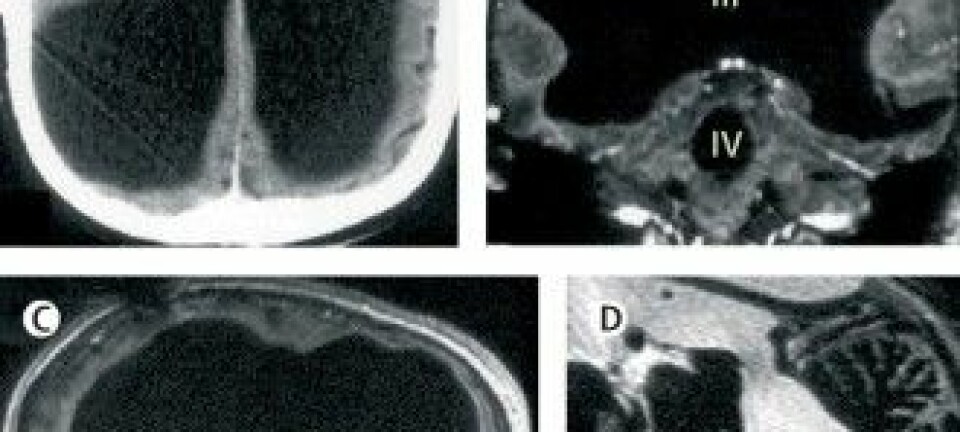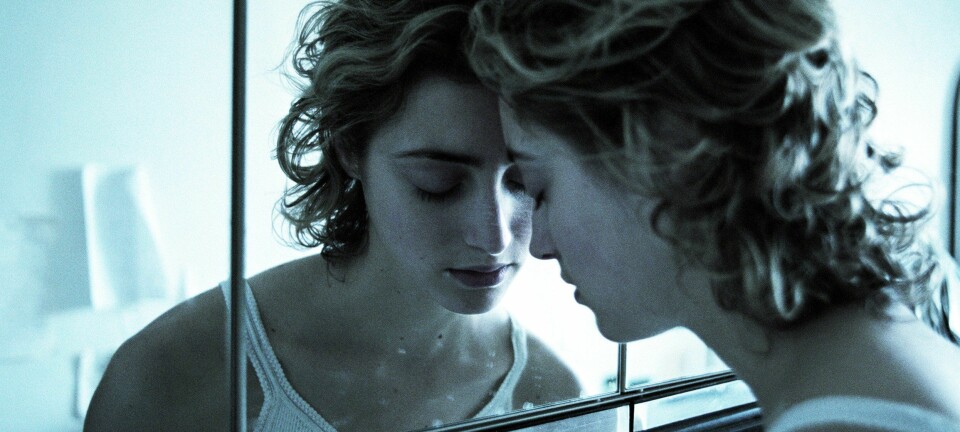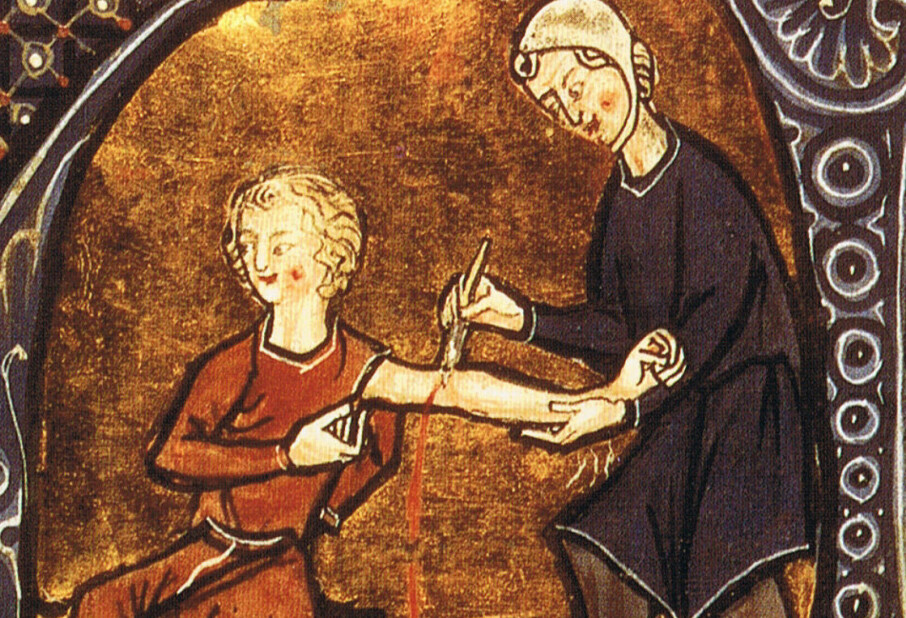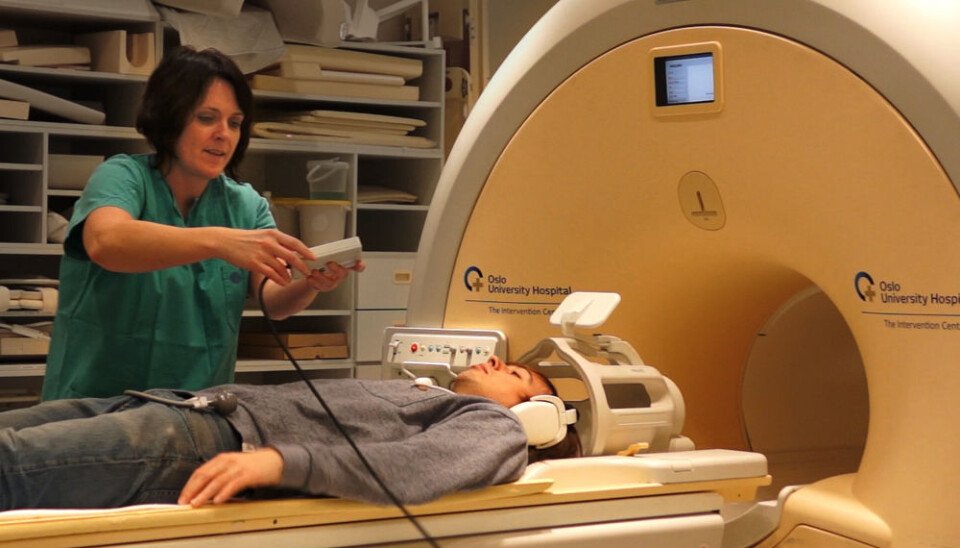
Enhanced imaging of brain damage boosts treatment
Better pictures of injured brains improve treatment and promote knowledge – of healthy brains too.
Denne artikkelen er over ti år gammel og kan inneholde utdatert informasjon.
In this video the brain is cut into thin slices - with a digital scalpel. Take a look inside the living brain.
Our brain is on a life-long voyage, from birth to death. Day and night the brain sails through an ocean of stimuli pouring in from our senses.
But if there’s damage to the frontal lobes – the captain – the brain becomes a vessel without a rudder and keel. It’s set adrift by winds and currents from all directions.
Anne-Kristin Solbakk and Marianne Løvstad conduct research on patients with frontal lobe damage.

Brain researchers use functional magnetic resonance imaging (FMRI) and electroencephalography (EEG) to monitor different kinds of information. The video gives an introduction to what these tools measure and the answers they can give.
The goal is to get better descriptions of brain damage and help patients with rehabilitation routines which are more accurately tailored to their needs.
Improved rehabilitation
“We primarily study brains that have been injured,” says Anne-Kristin Solbakk. She is a neuropsychologist at the Oslo University Hospital, and she is part of a research group with members from Oslo, the USA, Canada and Germany.
“We’re trying to give patients better help through more understanding of the ways brain injuries work, what the outcomes are,” she says.
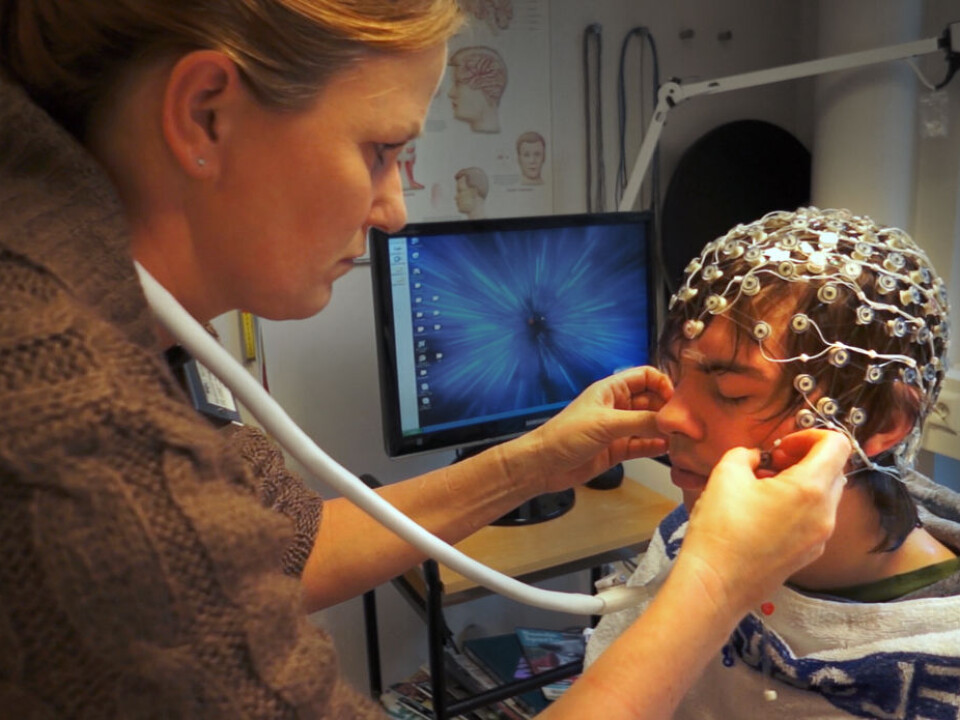
Photo above: Move the digital scalpel through John's brain. (Figure: Interactivity by Per Byhring, based on the 3D model from the Interventional Centre at Oslo University Hospital, Rikshospitalet).
Marianne Løvstad works at the Sunnaas Rehabilitation Hospital near Oslo.
“One challenge we see is that patients can pass a thorough neuropsychological examination at the hospital with normal results but they still don’t function right when they come home,” she says.
“So they can be misunderstood. They have normal intelligence but they have problems using that intelligence in the demanding and unstructured situations of daily life,” she explains.
“We’re aiming for more accurate diagnoses that can help us select rehabilitation regimes better than we’ve been doing with the neuropsychological testing used so far,” adds Solbakk.
“This will enable us to make more precisely assessed evaluations of patients. We also want the capability to determine more accurately how treatment methods work with regard to brain function,” says Løvstad.
Guard and decisionmaker
In our frontal lobes, right behind and along the sides of our foreheads, we weigh the pros and cons – this is where we make decisions. These cognitive functions are referred to as the brain’s executive functions.
Our brains are constantly dealing with a tempest of sensory impressions. If this battery of multiple waves was allowed to impact us fully we’d be swamped and would capsize in confusion.
This is why the brain keeps watch, steering our focus toward sensory perceptions that are truly essential, for instance potential dangers.
Løvstad has used EEG to get an answer to the question: What happens in the frontal lobes when they are injured?
New sounds
“Evolution has led us to reflect on things that are new and unanticipated. If we don’t, we’d fail to hear the rustling in the grass from a hidden predator,” she says.
In the EEG experiment such unexpected sounds are termed as “novelties” – new sounds. Now and then in a constant stream of similar sounds test persons are subjected to such novelties.
The tests are intentionally gentle. The task is made to be manageable by both healthy and injured brains. The difference between them can be seen in the EEG curves they make.
“On the curves for healthy brains the novelties are clearly manifested in the frontal parts of the brain after just a couple tenths of a second. In brains with damaged frontal lobes these reactions are weaker or wholly missing,” says Løvstad.
Harder in real life
Conditions are much harder than in the test in the chaotic reality we encounter daily. We’re incessantly being inundated by wave upon wave of sensory impressions.
“Patients with injured frontal loves have trouble controlling their attention, in discerning between what’s important and what isn’t” says Løvstad.
“Imagine a book falling on the floor with a slam – we would react to it instantaneously. A person with frontal lobe injuries probably wouldn’t,” she explains.
This means that when patients leave the hospital’s safe and well-ordered environment and return to a complex daily life, they start encountering serious problems.
------------------------
Read a version of this article in Norwegian at forskning.no
Translated by: Glenn Ostling







